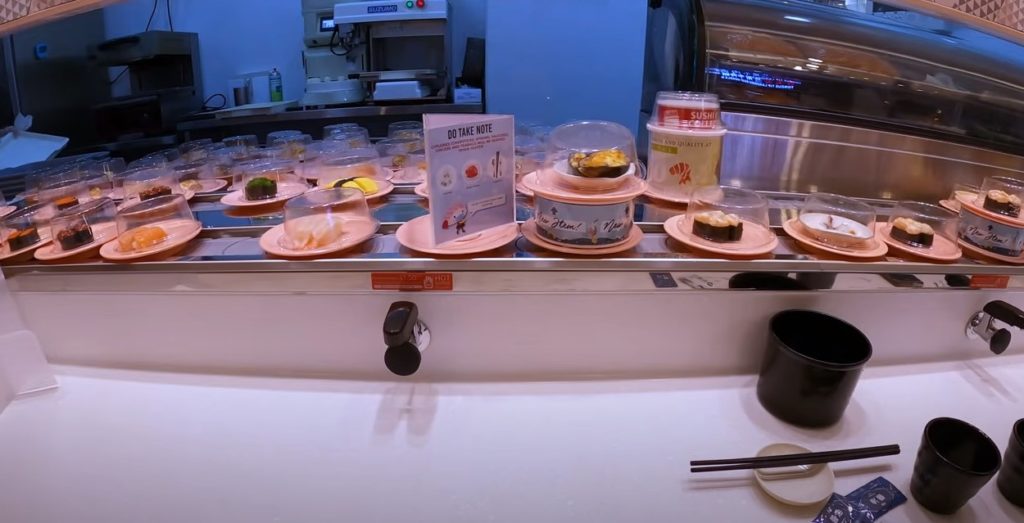Understanding and optimizing the average turnover rate per table is sometimes complex: you want to rotate your tables as quickly as possible while avoiding rushing your customers. If you don’t place enough emphasis on table rotation, you may face a drop in your potential revenue and customer satisfaction.

The key lies in finding the right balance between giving your customers enough time for their meal and not having too long wait times between customers. Luckily, there are simple and subtle ways to calculate and optimize your restaurant’s turnover rate while keeping your customers happy.
How to calculate rotation per table
Calculating the average turnover rate per table is quite simple since you only need to determine how many customers you were able to seat during a given period.
You can perform this calculation per day or per time slot, which is a little more precise and efficient.
For example
In order to calculate the average rotation rate per table during your opening hours, you must divide the number of customers installed by the number of tables available at the end of the period concerned.
If you have 10 tables and have served 30 customers, your turnover rate is 3.
Since every experience is different, setting table rotation goals and measuring your success may vary. In order to determine the optimal duration necessary for your customer within your restaurant, you can calculate the turnaround time. the Table turnaround time is the amount of time a customer spends in your establishment between when they sit down at a table and when they leave your restaurant. Take a few days to perform this analysis at different times of the day to determine an average, which will help you better define your goals and table rotation successes. However, table rotation can always be optimized to ensure you get maximum results and revenue.
Improve rotation with smoother processes
If the industry has learned anything from Covid, it’s that technology and procedures can make our lives easier. If your restaurant is efficient at every stage, you’re more likely to increase table turnover.
Increase staff awareness for faster response times
Ensuring that your team is always organized and pro-active in meeting demand, welcoming and installing customers as quickly as possible is an important step. Downtime can really affect your table rotation. Faster onboarding, set-up and responses optimize table turnover while increasing guest satisfaction.
Go digital
Many restaurants are already using digital menus and digital payment solutions. A profitable strategy because these elements can play a big role in the rotation of your tables. If customers have access to menus as soon as they are at the table, or even while waiting to be seated, they are more likely to make their choice and order more quickly.
Digital mobile payment solutions, such as TheFork PAY, are great tools for your establishment because customers no longer have to wait for us to take care of their payment when staff are very busy. . They can pay earlier than expected.
Avoid installing incomplete groups
Whether booking online, over the phone, or a group without a reservation, try to avoid setting up groups where some members have not yet arrived. Setting up a group before all of its members have arrived will negatively impact your table rotation. To avoid any irritation, be sure to tell your customers that you can only seat full groups, especially when your restaurant is at its maximum occupancy .
Be creative to encourage your customers not to stay too long at the table after the meal is finished.
Although you should never rush your customers or be pushy, they don’t always realize how much time they spend in the restaurant after their meal. During busy times, try to suggest that your customers go to the bar if possible, or ask them if they have finished their meal or if they would like to order something else. As long as you are cheerful and kind, your customers will be understanding. By being diplomatic and subtle, customers will be able to see for themselves that they are ready to go home.
Make the most of table layout and layout
In order to optimize the rotation of your tables, make sure to use all the space available in your room and on your terrace. Moreover, it is essential to install your customers according to their number. Opt for a digital optimization tool such as TheFork Manager which helps to set up groups making reservations and ensure that the seating plan is efficient while offering the flexibility to visualize and adjust this plan in real time.
Even during less busy times, try to seat a group of 2 customers at a table for two, as you never know when demand might increase. Maybe a group of 4 people is coming to your restaurant and will need this table.
Make the most of these tips and find tips specific to your establishment to optimize the rotation of your tables. As soon as you have calculated and optimized the rotation of your tables, you can expect a better flow of customers in your restaurant and therefore… more revenue!